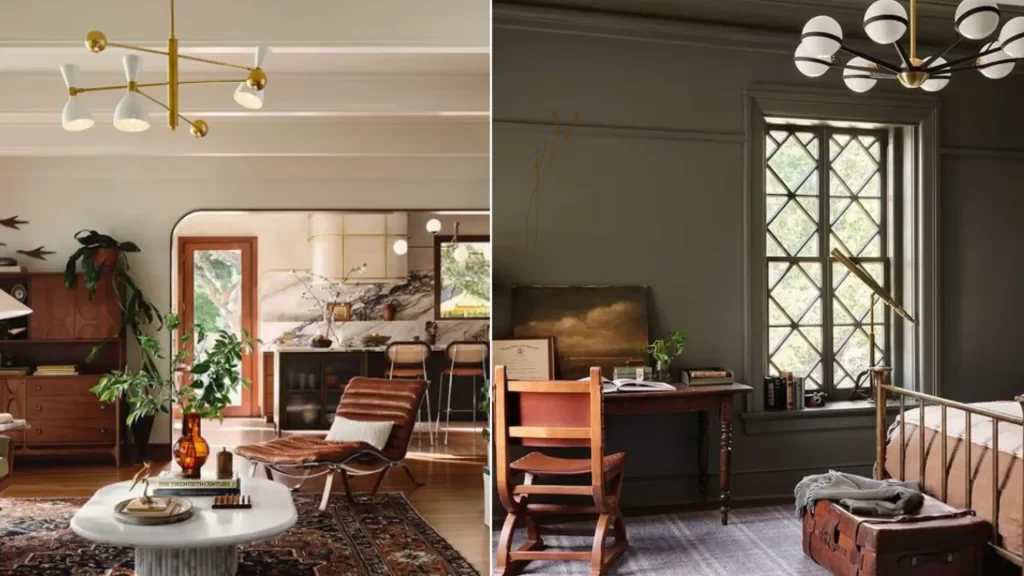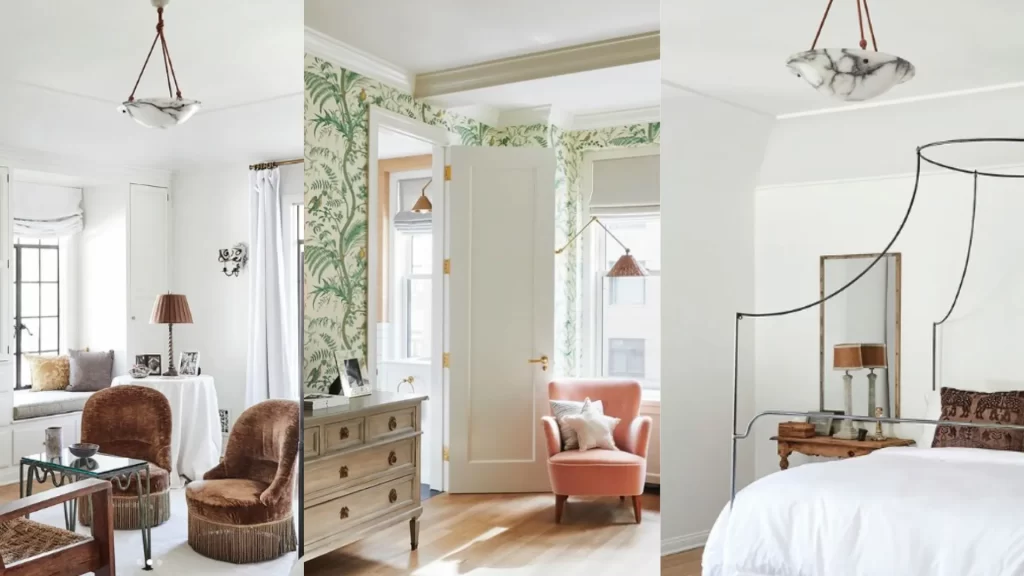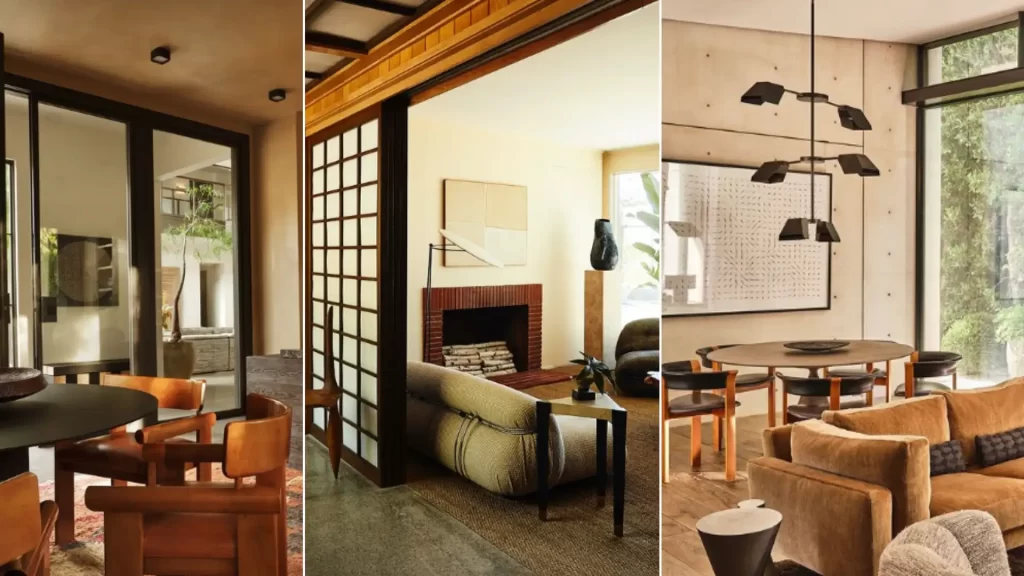Solve your space woes in the bedroom by choosing a bed frame that includes storage.
Short on space? A bed frame with storage is the perfect solution to maximize your bedroom’s potential. This multi-functional furniture piece not only provides a comfortable place to sleep but also offers valuable storage space, transforming your bedroom into a well-organized oasis.
Bed frames with storage come in various styles and configurations to meet all types of needs and preferences. Some feature built-in drawers, while others offer spacious compartments beneath the bed base. Certain models even combine both, offering ample space for your belongings. By providing convenient storage options, bed frames that include storage options help declutter your bedroom and create a sense of spaciousness.
In this article, we’ll delve into the world of bed frames with storage to show how they can revolutionize your bedroom organization.
Ottoman, divan, and cabin beds are the three most commonly used bed frames with storage. Each type offers unique features and benefits, allowing you to select the ideal option based on your space and storage needs. Here are the details about all three types of beds:
Ottoman Beds
View this post on Instagram
Ottoman beds present a compelling solution for those seeking to maximize their bedroom storage without sacrificing style. They are favored because of their spacious storage compartments accessed by lifting the mattress base using a hydraulic mechanism.
These beds are perfect for storing bulky items like luggage, extra bedding, or seasonal clothing. They’re a great choice for guest rooms or smaller bedrooms where maximizing space is crucial.
Pros and Cons of Ottoman Beds
It’s important to weigh the benefits of this innovative storage solution against potential drawbacks such as cost, accessibility, and maneuverability.
Pros:
- Ample storage. Ottoman beds provide generous storage space, ideal for storing bulky items, extra bedding, or seasonal clothing.
- Space-saving. They eliminate the need for additional storage furniture, freeing up valuable floor space in your bedroom.
- Versatility. Suitable for various room sizes and styles, offering options for different mattress types and headboard designs.
- Easy access. The hydraulic lift mechanism allows for effortless access to the storage compartment.
Cons:
- Cost. They tend to be more expensive than traditional bed frames due to their complex mechanisms and additional materials. Basic twin beds start at $300 to $500 but queen-size ottoman bed frames can cost $1000 or more (not including mattresses).
- Accessibility. Retrieving items frequently can be cumbersome as it requires lifting the entire mattress and base.
- Weight and maneuverability. Ottoman beds are heavy and difficult to move, making rearranging furniture or relocating challenging.
- Space requirements. Adequate clearance is needed around the bed for the lifting mechanism to function correctly.
- Maintenance. The hydraulic system may require occasional maintenance or replacement.
- Potential safety hazards. Unsupervised children or pets could become trapped under the lifted base.
- Limited air circulation. The solid base can restrict airflow, potentially leading to moisture buildup and mold, especially in humid environments.
- Cheaper or low-quality ottoman beds often have poorly functioning “lift” mechanisms; invest in good quality.
Divan Bed and Bed with Drawers
Similar to ottoman beds, divan beds feature a base with built-in storage compartments, but they offer a sleeker design. Traditionally without a headboard, they’re ideal for attic rooms with sloped ceilings or where you want to showcase wall art.
Drawer beds are essentially divan beds with drawers built into the base. The number and configuration of drawers can vary, offering flexibility to suit your storage needs.
Pros and Cons of Divan Beds and Drawer Beds
Here’s a closer look at the benefits and drawbacks of divan beds and bed frames with drawers:
Pros:
- Space-saving: They efficiently utilize space by incorporating storage within the bed frame, reducing the need for additional furniture.
- Variety of configurations. Available with various drawer configurations to cater to different storage needs and preferences.
- Sleek design. Their streamlined design complements various bedroom styles, especially modern and minimalist aesthetics.
- Headboard flexibility. The absence of a headboard allows for creative wall decor or accommodates sloped ceilings.
- Affordable. Generally more budget-friendly compared to ottoman beds. Bed frames can cost $200 to $800 (not including mattresses).
Cons:
- Limited storage. Storage space is generally less than ottoman beds, suitable for smaller items requiring less frequent access.
- Accessibility. Retrieving items from lower drawers can require bending or kneeling.
- Potential for dust accumulation. Drawers can collect dust if not cleaned regularly.
- Aesthetic limitations. The lack of a headboard might not suit all design preferences.
- Maneuverability. Can be somewhat heavy and challenging to move.
The room pictured below shows how a divan bed can complement an artistic wall:
View this post on Instagram
Cabin Beds
View this post on Instagram
Primarily found in children’s rooms, cabin beds feature a raised platform with built-in storage options like drawers, shelves, and cubbies. Unlike bunk beds, cabin beds are designed for a single sleeper.
Popular variations include low sleepers and cabin beds with desks, which are excellent space-saving options for younger children. While traditionally for kids, adults are also embracing cabin beds for their functionality and aesthetic appeal. Cabin bed frames can cost $200 to $800, depending upon the size of bed (not including mattresses).
Pros and Cons of Cabin Beds
Following are more details about the pros and cons of cabin bed frames:
Pros:
- Space optimization. Ideal for small rooms, maximizing vertical space with built-in storage and often incorporating additional features like desks or play areas.
- Fun and functional. Creates an exciting and organized space for children, encouraging independence and creativity.
- Variety of styles. Available in various designs and colors to match different bedroom themes.
- Safety features. Often include safety rails to prevent falls, particularly for younger children.
- Durability. Built to withstand active use, making them a long-lasting investment.
Cons:
- Limited headroom. The elevated platform reduces headroom, which might be uncomfortable for taller individuals or adults.
- Accessibility challenges. Climbing up onto a raised bed can be difficult for some, particularly those with mobility issues.
- Potential for clutter. The open storage spaces can become cluttered if not organized properly.
- Limited lifespan. As children grow, they may outgrow the bed’s size and features.
- Safety concerns. Falls from the raised bed or ladder are possible, requiring supervision and safety precautions.



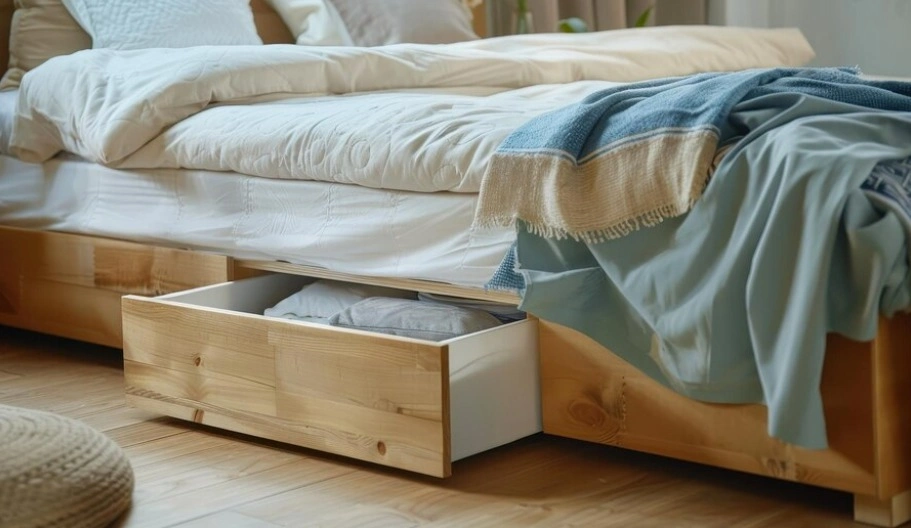
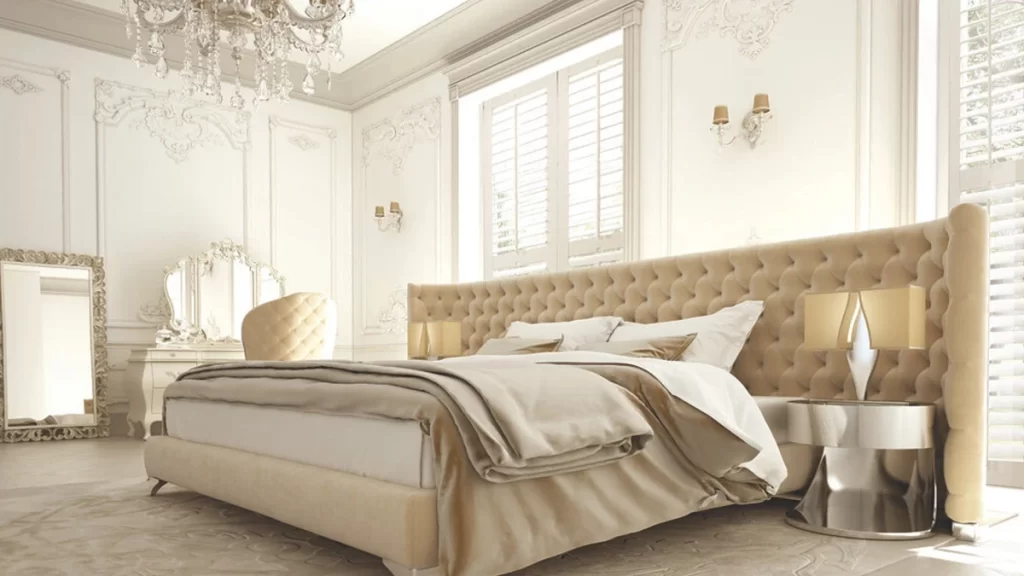

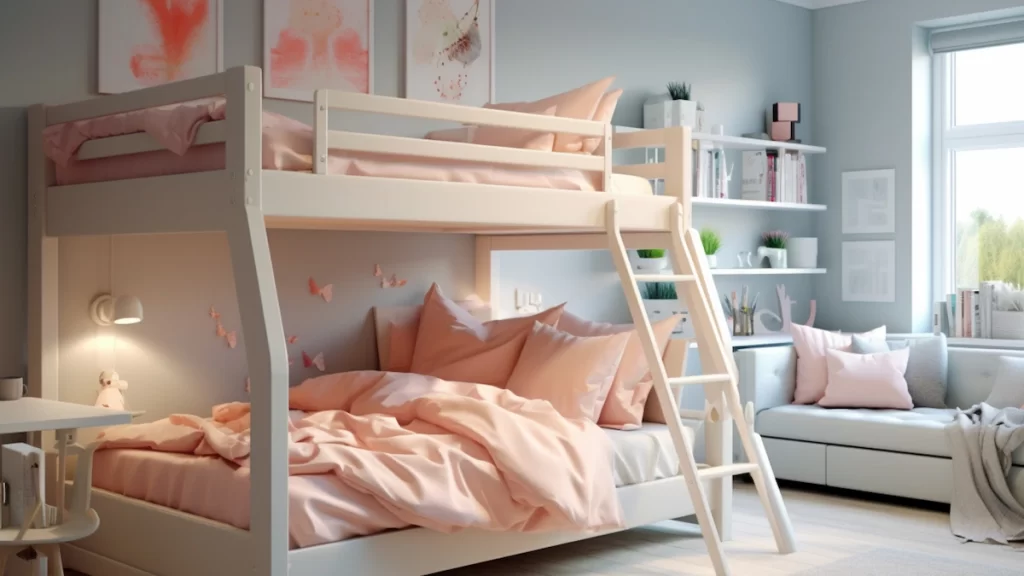
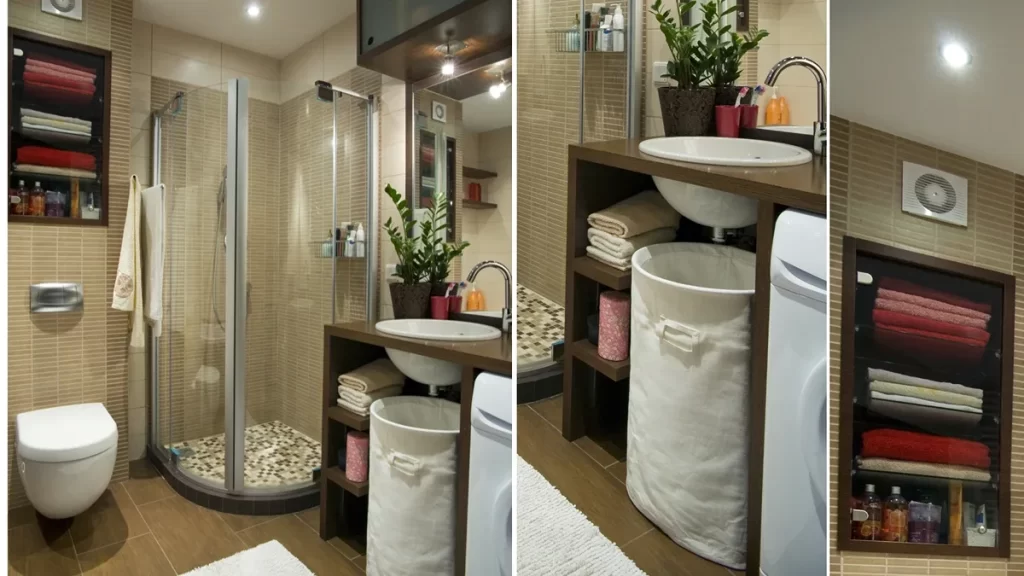
 Don Vandervort writes or edits every article at HomeTips. Don has:
Don Vandervort writes or edits every article at HomeTips. Don has:
